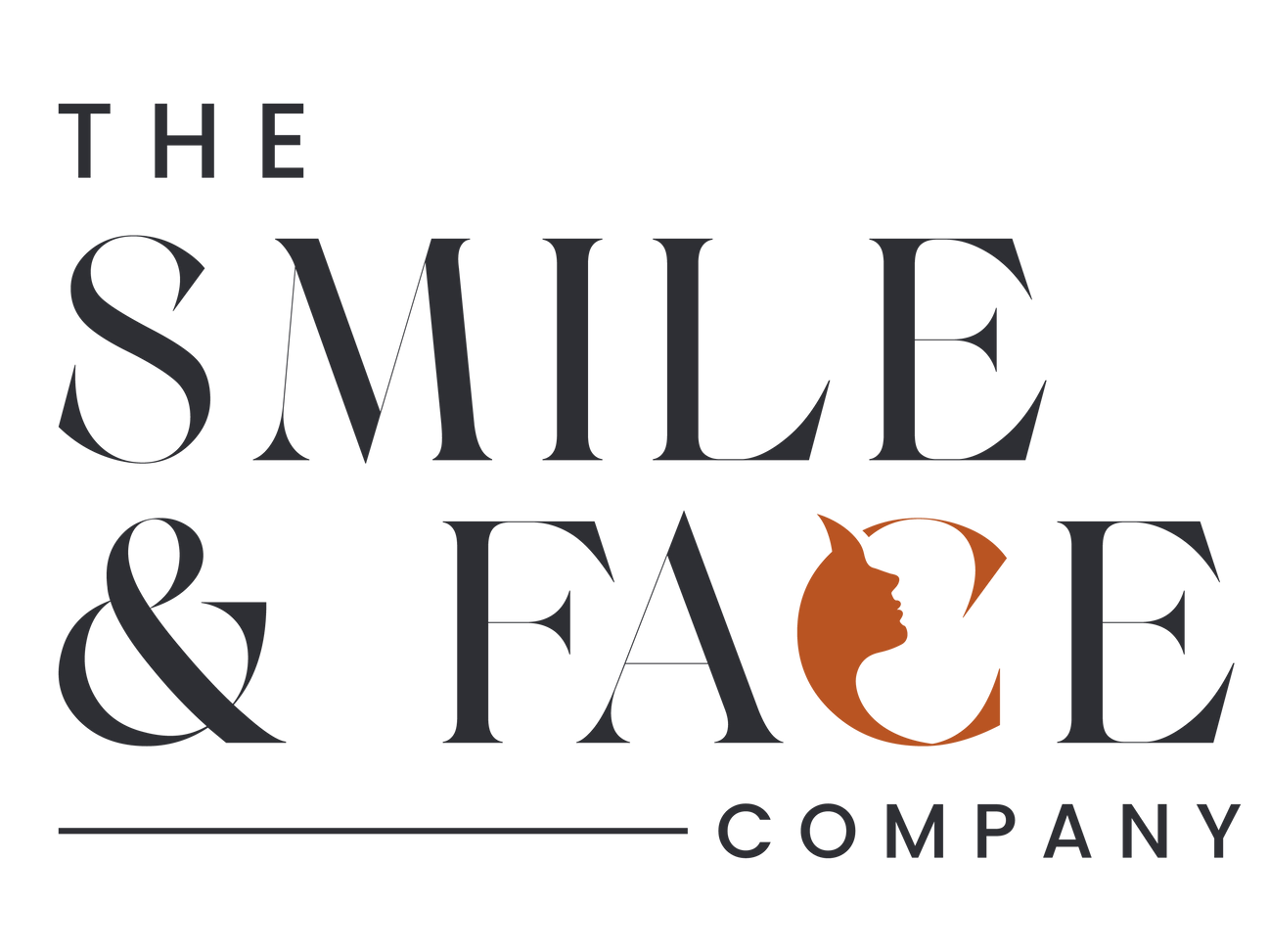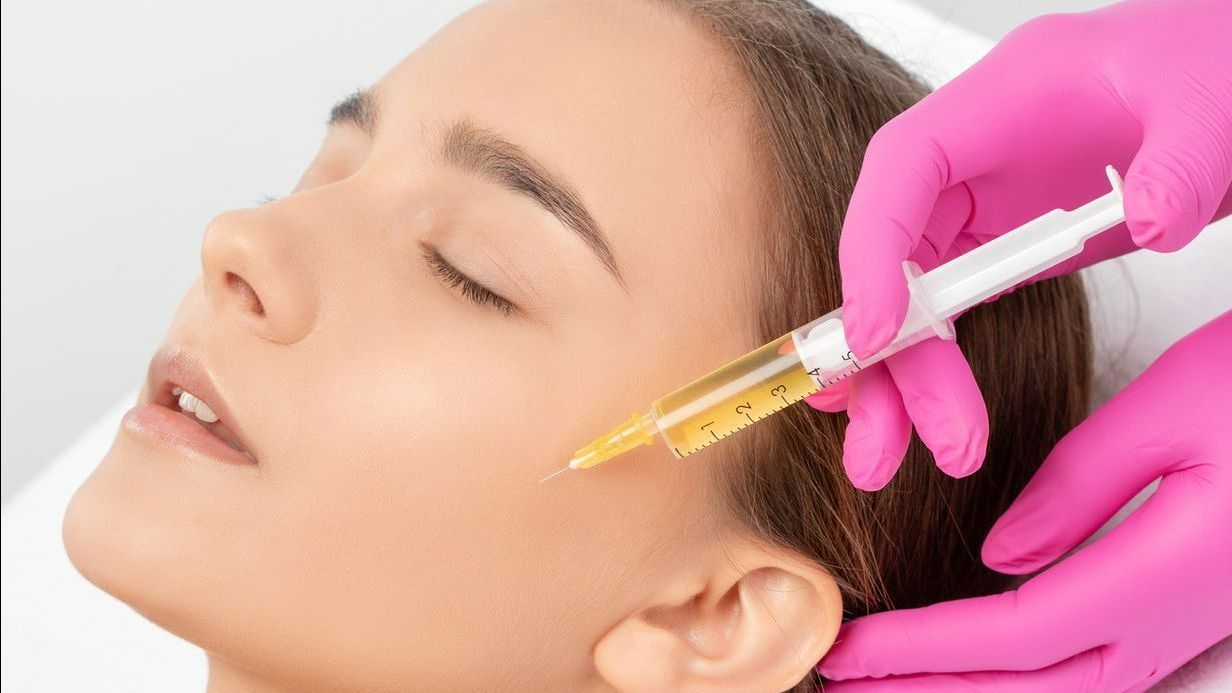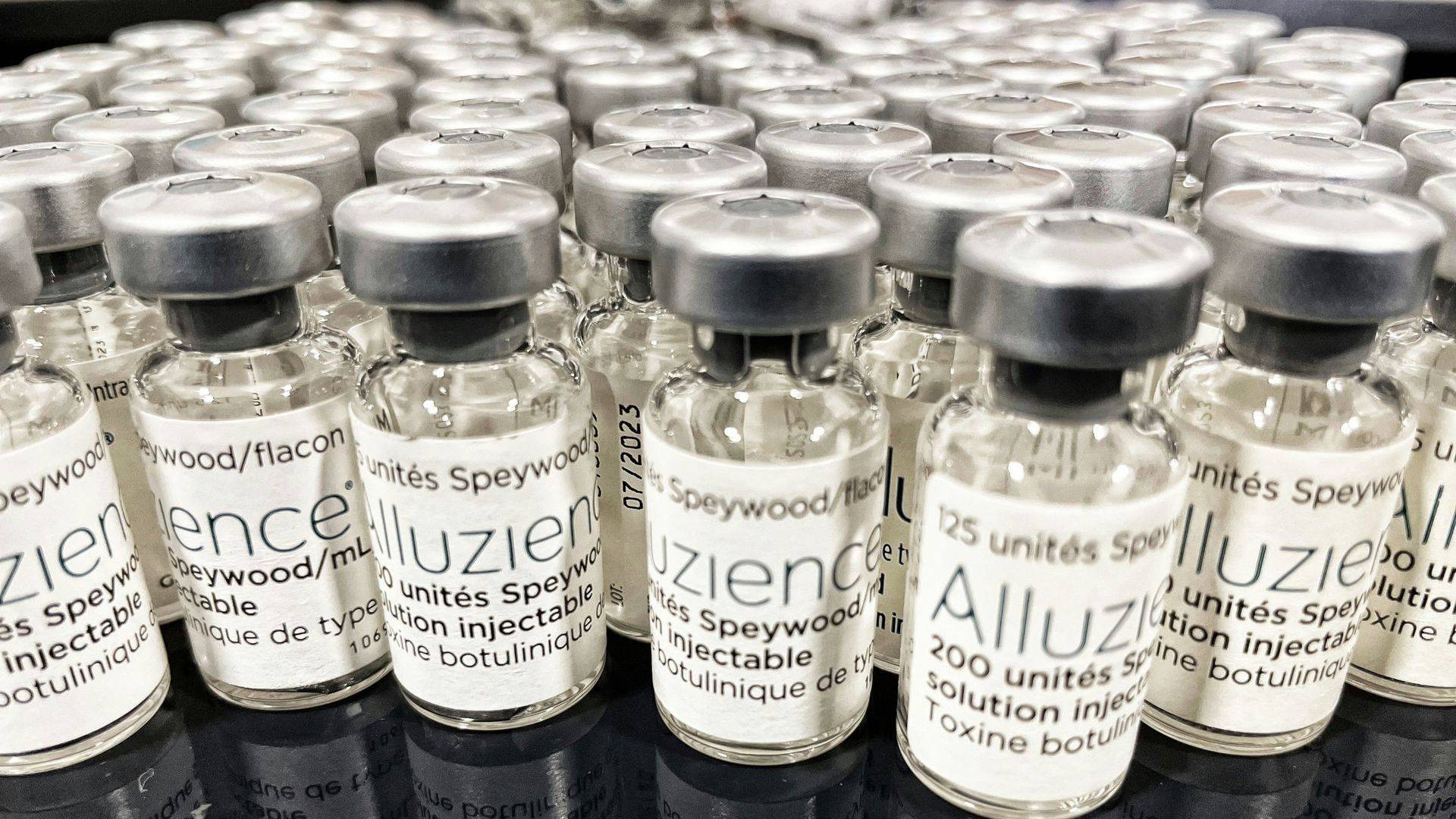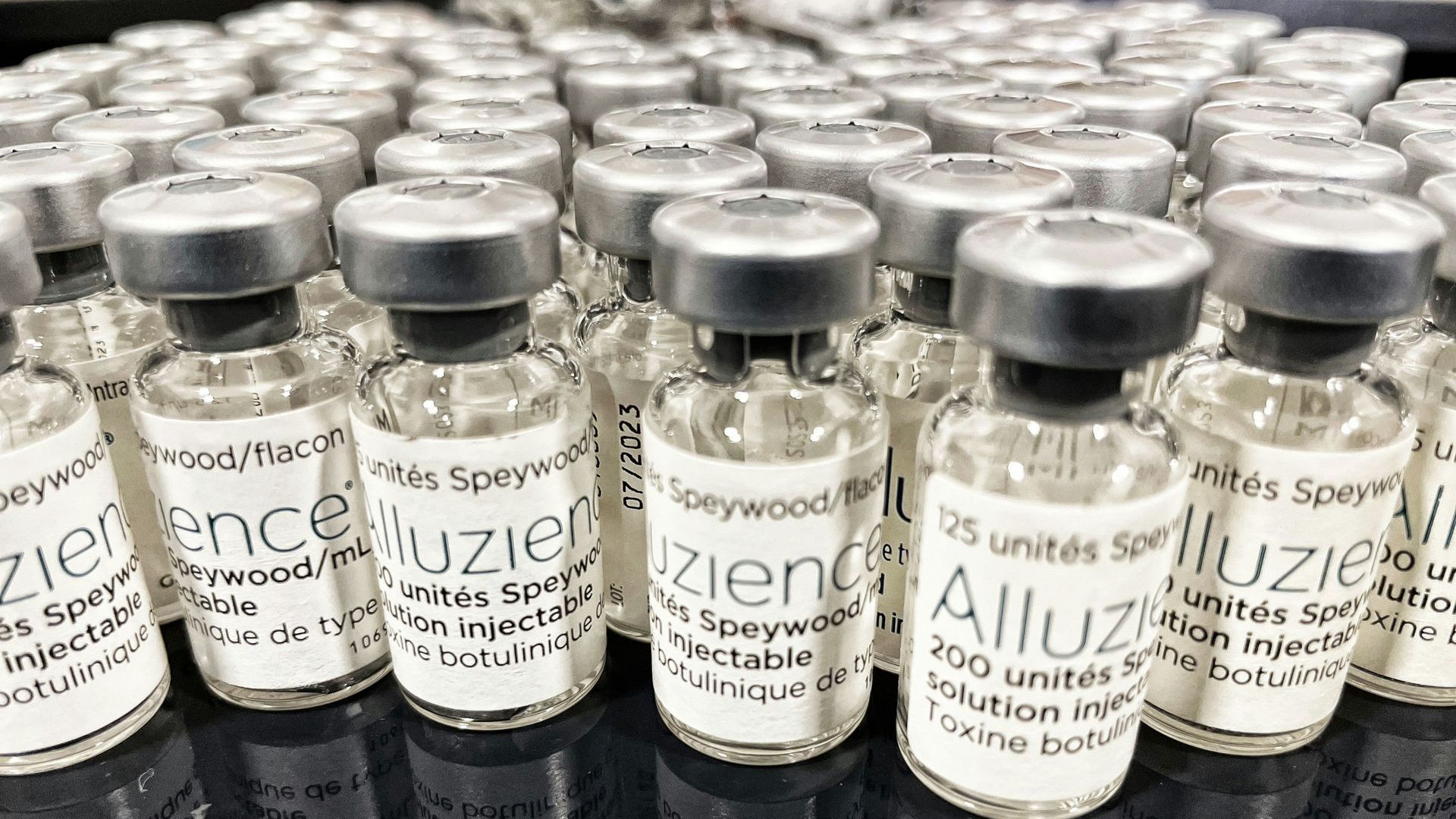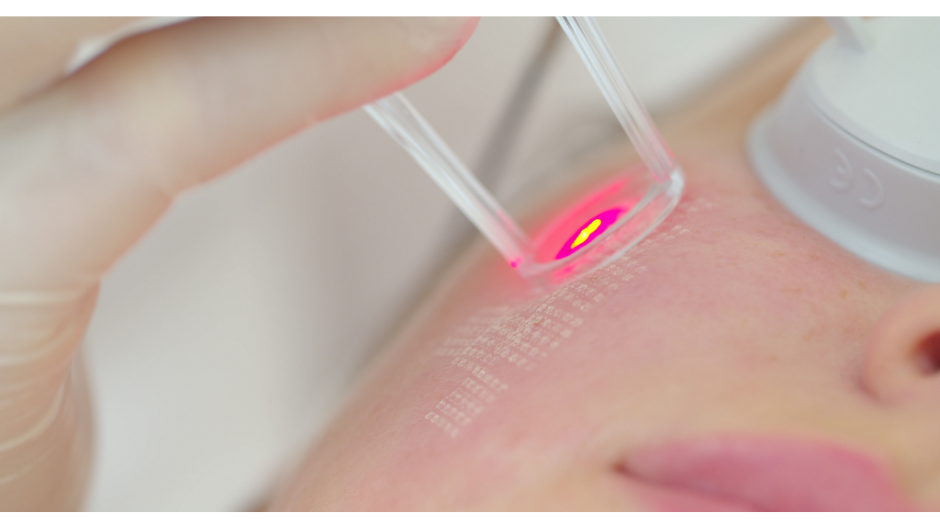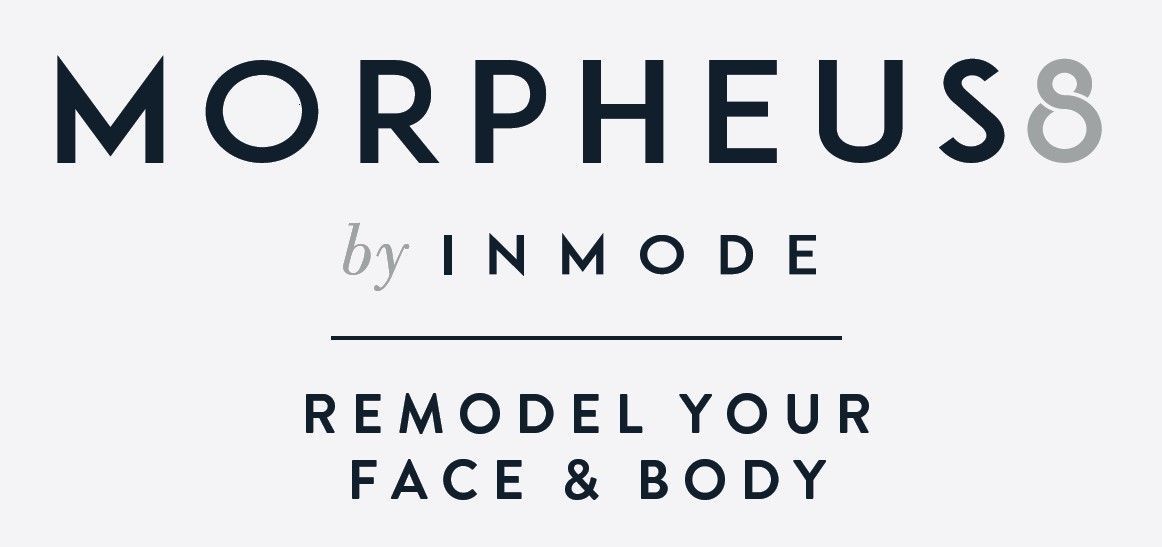How Long Do Fillers Last?
Jackson Smith • August 20, 2024
How Long Do Fillers Last?
How Long Do Facial Fillers Last?
Understanding the longevity of facial fillers is crucial for anyone considering this popular cosmetic treatment. Different types of fillers have varying durations, and several factors can influence how long they last. Here's a breakdown of the most common fillers and what to expect from each.
Hyaluronic Acid Fillers
Hyaluronic acid (HA) fillers are the most commonly used fillers. They add volume by attracting and holding water in the treated area, resulting in a plump and supple appearance. Restylane, one of the most popular HA brands, typically lasts between 6 to 12 months.
How They Work: HA fillers are injected into the skin to fill in wrinkles, providing structural support. The hyaluronic acid gel that makes up these fillers is injected deep into the wrinkle, "popping" it out from its base. Although HA fillers can stimulate collagen production to some extent, their primary function is structural support. Once the body breaks down the HA filler, it needs to be replaced.
Biostimulatory Fillers
Biostimulatory fillers work by stimulating collagen production, creating new tissue that restores facial volume. The actual "filler" is the collagen that the treatment stimulates. While the filler particles are broken down relatively quickly, the collagen they stimulate can last for years. This is why biostimulatory fillers like Sculptra can last longer than HA fillers like Restylane and Juvederm.
How They Work: Biostimulatory fillers prime the body to continue producing collagen long after the injection. Results from these treatments can last up to two years. However, these results take longer to show full effect, as the body needs time to build up collagen. The results can be more natural-looking compared to HA fillers.
Factors Influencing Filler Longevity
Several factors determine how long fillers will last:
- Type of Filler: HA fillers like Restylane may last 9-12 months, while biostimulatory fillers like Sculptra can last up to 2 years.
- Particle Size: Larger particle fillers like Restylane Lyft tend to last longer than smaller particle fillers like Restylane Silk.
- Area Treated: Fillers last longer in areas with less movement, such as temples and undereyes, compared to more active areas like lips.
- Crosslinking and HA Concentration: Higher crosslinking and HA concentration lead to longer-lasting fillers.
- Amount of Filler Used: More filler generally results in longer-lasting results.
- Patient's Metabolism: Every patient metabolizes fillers differently, affecting how long the results last.
Typical Longevity by Area
- Temples
- Undereyes
- Cheeks, nasolabial folds, chin, jawline
- Marionette lines
- Lips
Fillers at The Smile and Face Company
At The Smile and Face Company, Dr. Jackson Smith recommends most patients have filler treatments every 9-12 months, except for lips, which typically need maintenance every 6-9 months. Sculptra can last up to 2 years.
Understanding the different types of facial fillers and how your body impacts them is crucial for achieving the longevity of results you desire. Fillers can be a safe, effective, and affordable way to restore a youthful appearance.
Learn more about dermal fillers by scheduling a consultation with Dr. Jackson Smith at The Smile and Face Company!
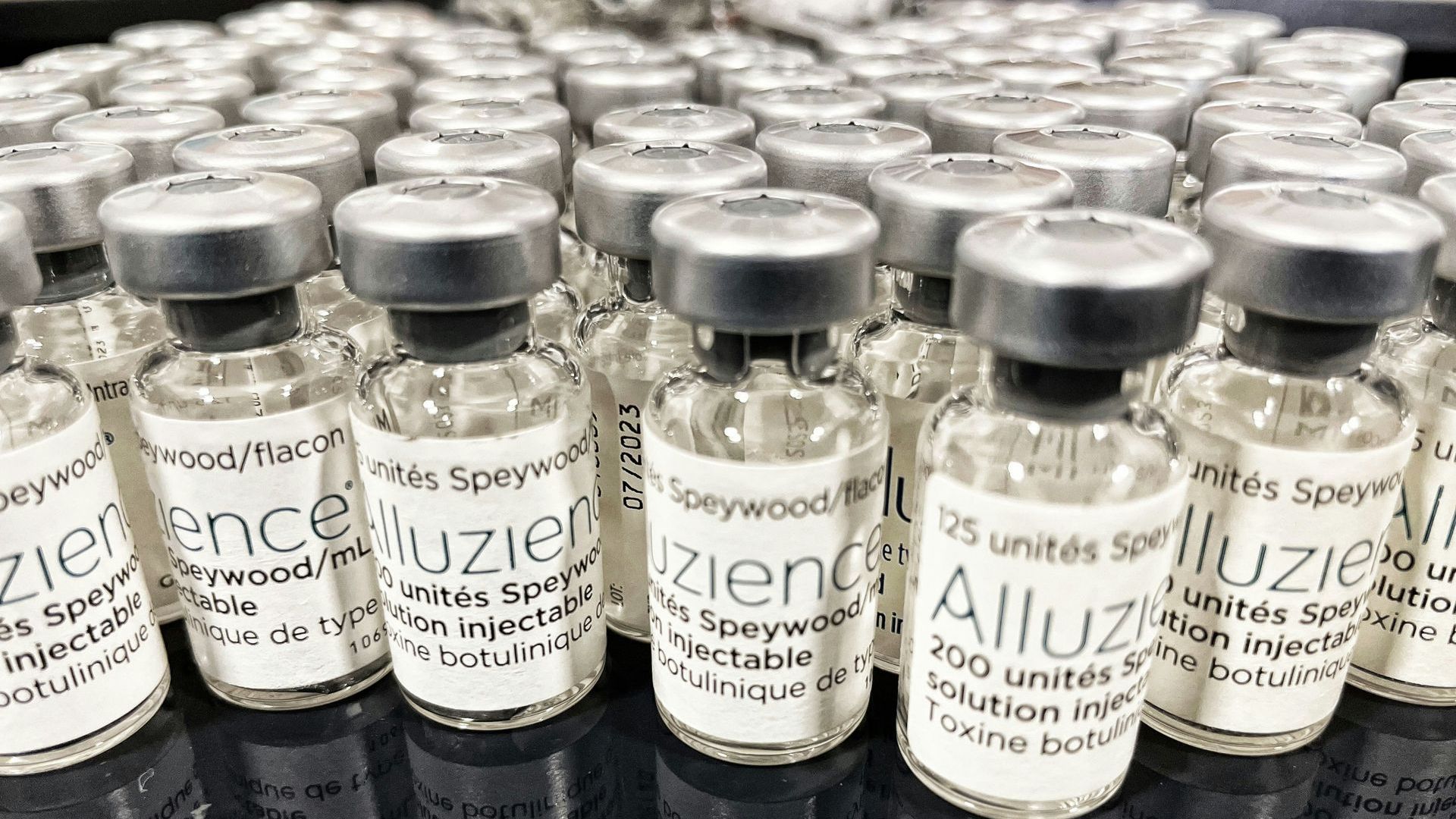
By Jackson Smith
•
August 15, 2024
About Dysport: Dysport is a noninvasive wrinkle treatment that uses botulinum toxin to relax targeted muscles, smoothing the skin and preventing wrinkles from deepening. Primarily used for glabellar lines (frown lines between the eyebrows), it’s effective for moderate to severe cases in adults under 65. Results can appear in a few days and last several months. Cost of Dysport: The average cost of Dysport ranges between $300 and $400 per session. Factors influencing the cost include the number of injections needed, the provider's experience, and the clinic’s location. Dysport is not covered by medical insurance for cosmetic purposes but may be for certain medical conditions like muscle spasticity. Safety: While Dysport is generally safe, temporary side effects such as headaches, pain at the injection site, and inflammation can occur. Rare, more severe side effects include nausea, eyelid drooping, and muscle weakness. Dysport carries a risk of spreading to other parts of the body, which can cause muscle spasms. Convenience: Dysport injections are performed in your doctor’s office, with no recovery time required. You can resume normal activities immediately but should avoid exercise for a few hours post-procedure. Efficacy: Dysport has been found to be over 80% effective for temporary wrinkle treatment. Results are visible within a few days and can last up to four months. Follow-up sessions are needed to maintain the effects. What to Expect: After Dysport injections, you can return home immediately. Results may appear as soon as two days post-treatment and can last up to four months. Avoid rubbing the injection site and wait at least two hours before exercising. Comparison with Botox: Both Dysport and Botox are forms of botulinum toxin but have some differences Target Areas: Dysport is mainly for glabellar lines, while Botox targets crow’s feet, frown lines, and laugh lines. Procedure: Dysport is injected in at least five spots between the eyebrows, while Botox is injected around the eyes, forehead, and mouth. Cost: Both cost about $325 to $425 on average. Safety and Side Effects: Both are FDA-approved with minor side effects, though Botox has been approved since 2002, seven years earlier than Dysport. Recovery: Both treatments require little to no recovery time. Efficacy: Dysport results last up to four months, while Botox can last up to six months. Why Choose The Smile and Face Company for Dysport Treatment: The Smile and Face Company offers professional and experienced care tailored to your needs. Our integrated medical resources and diverse treatment options ensure you receive the best possible care. Schedule a free consultation today to see if Dysport is right for you.

By Jackson Smith
•
August 14, 2024
Microneedling has gained popularity as an effective skin rejuvenation treatment. However, the cost can vary widely. Here's what you need to know about the pricing and factors affecting it. Average Microneedling Cost The cost of microneedling typically ranges between $100 and $600 per session. This significant variation is due to several influencing factors that we’ll explore below. Factors That Influence Microneedling Costs Treatment Area Size: Larger treatment areas cost more. If you're treating a bigger section of your face or body, expect a higher price. Addition of PRP: Microneedling with Platelet-Rich Plasma (PRP) enhances results but incurs an additional fee. PRP involves using your blood's growth factors to boost skin healing and rejuvenation. Clinic Location: Prices vary by region. Clinics in urban or high-cost areas may charge more than those in smaller towns. Provider’s Experience: More experienced and highly qualified practitioners may charge higher fees due to their expertise. Clinic Facilities: Advanced facilities with state-of-the-art equipment might have higher prices compared to basic setups. Am I a Candidate for Microneedling? Microneedling suits individuals with concerns like uneven skin texture, scarring, acne, large pores, or fine lines. It's effective for all skin types and can be applied to the face, back, arms, and abdomen. A consultation is essential to assess your suitability and set realistic expectations. Understanding the factors that influence microneedling costs helps in making an informed decision. Whether you’re treating small or large areas, considering PRP, or choosing a highly experienced provider, these elements will shape your final cost. At The Smile and Face Company, we ensure a thorough consultation to tailor the treatment to your needs and budget. Contact us today to schedule your consultation and take the first step towards rejuvenated skin!
QUICK LINKS
SERVICES
QUICK LINKS
Content, including images, displayed on this website is protected by copyright laws. Downloading, republication, retransmission or reproduction of content on this website is strictly prohibited. Terms of Use
| Privacy Policy
